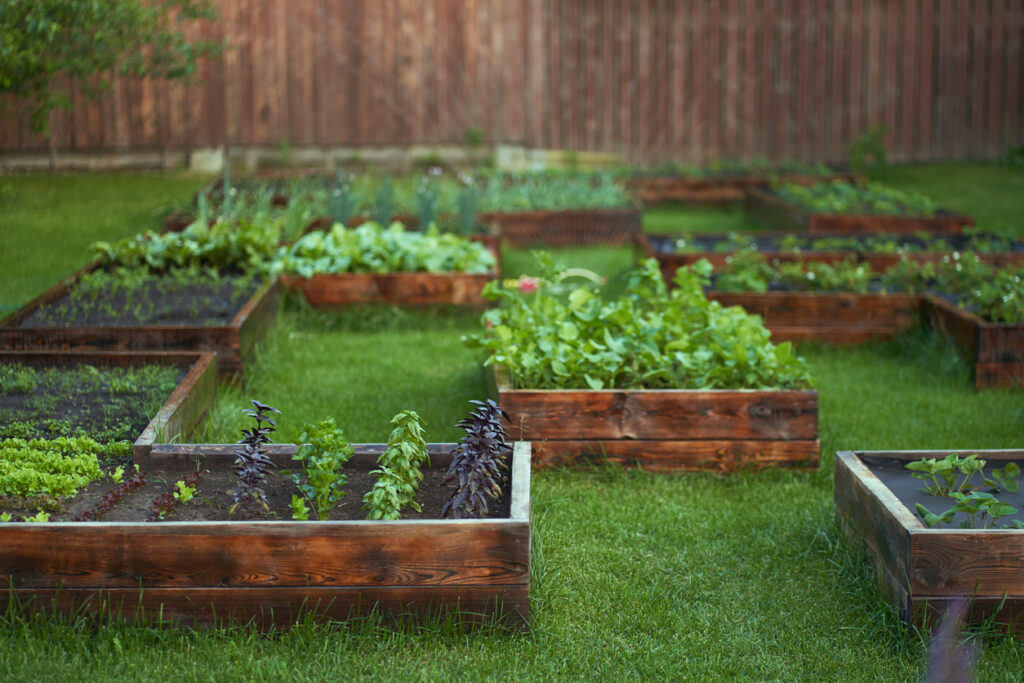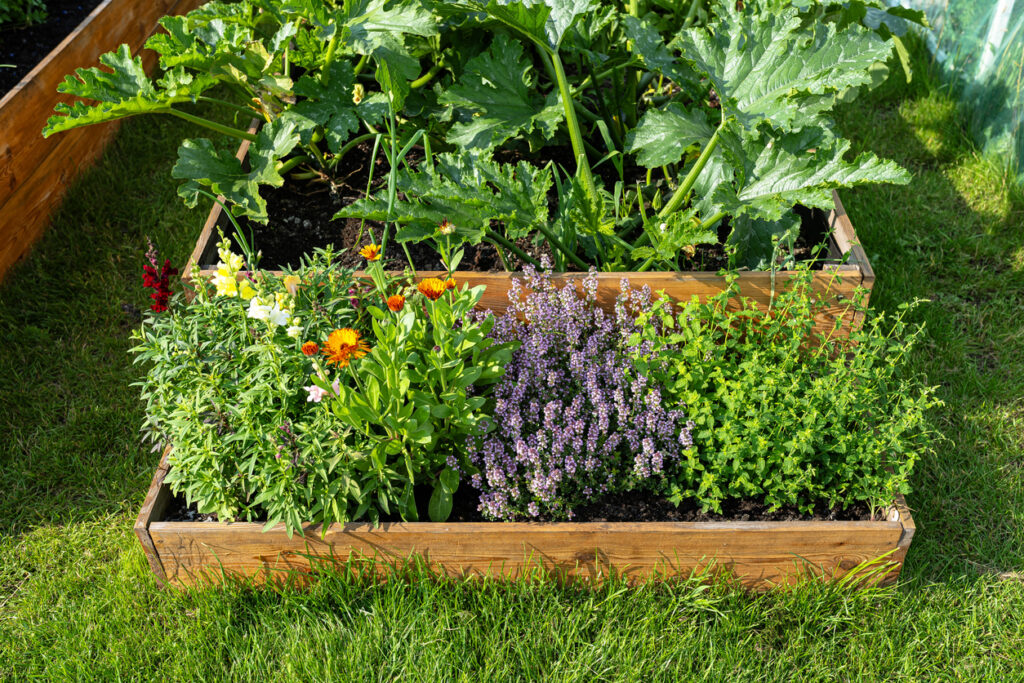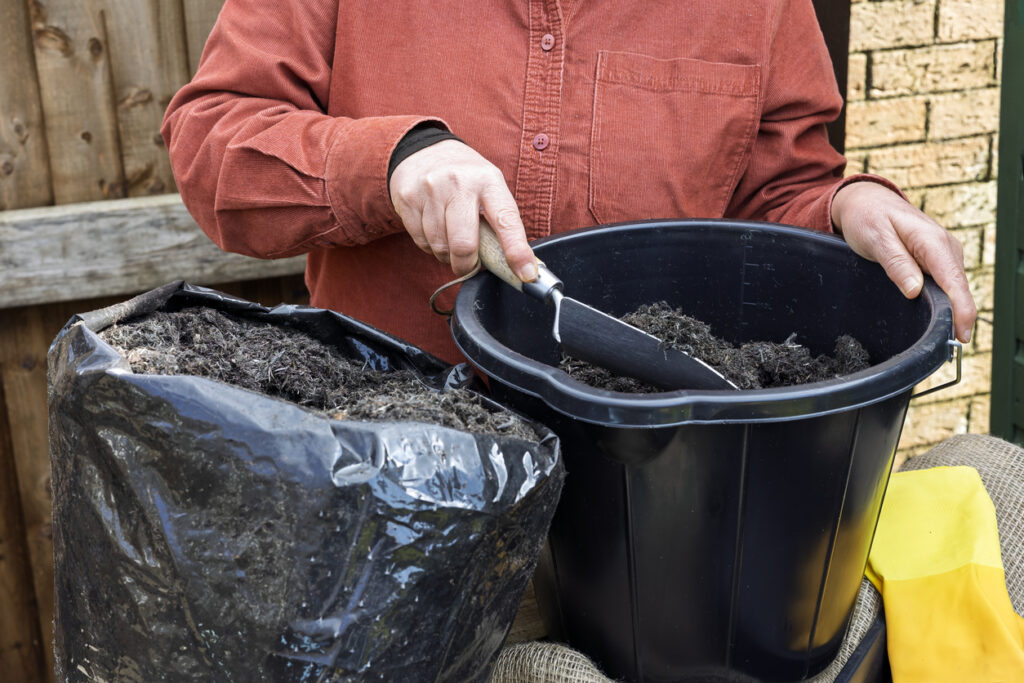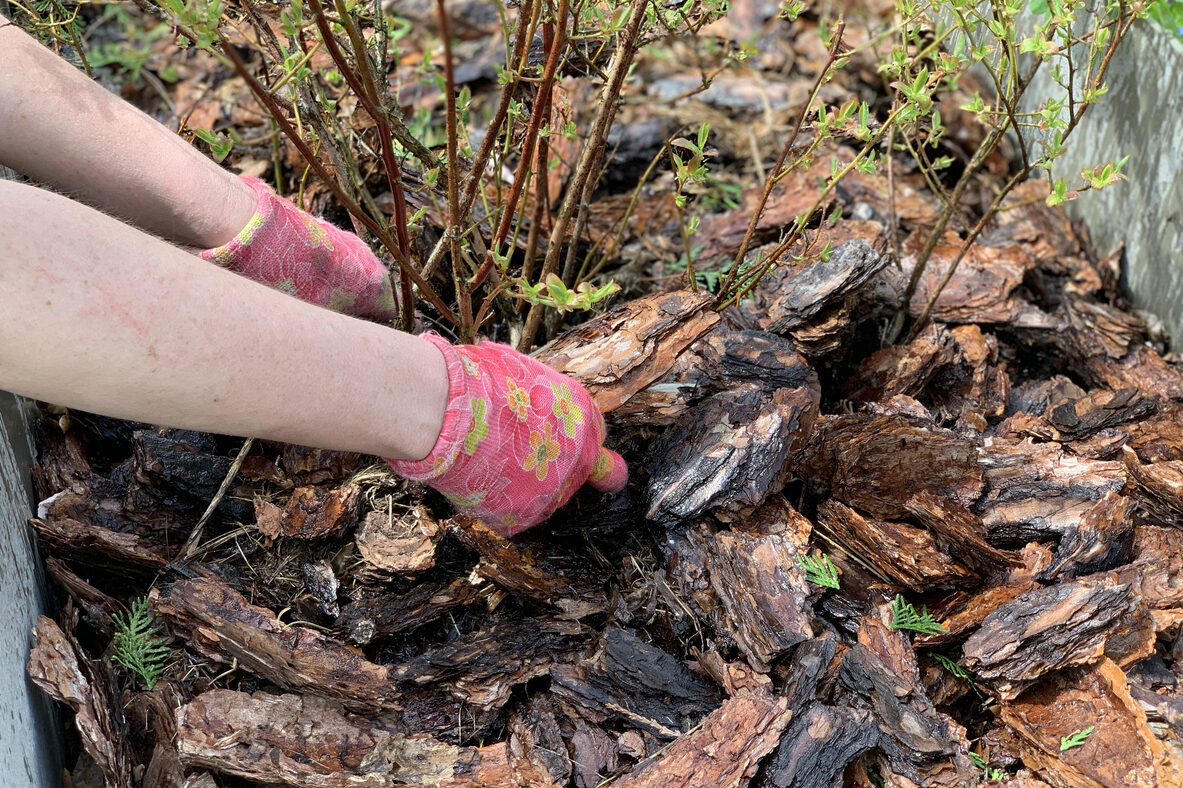Grandpa knew best, these timeless tips still work wonders today

Before apps told us when to water and synthetic sprays promised perfect blooms, there was a simpler, more soulful way to garden. Many old-fashioned gardening habits weren’t just charming; they were deeply rooted in sustainability and real-world results. If your backyard could use a little magic and meaning, these time-tested traditions are ready for a comeback. Ready to get your hands dirty the way Grandma did? Let’s dig into the good stuff.
1. Saving Seeds from the Best Plants

Long before seed catalogs arrived in the mail, gardeners hand-picked the strongest, tastiest plants to save seeds from. This habit created crops perfectly adapted to local soil and climate, often passed down for generations. Today, saving seeds isn’t just nostalgic, it’s smart gardening. You get resilient plants and save money over time. Focus on open-pollinated varieties like heirloom tomatoes and beans for best results.
2. Composting Everything Possible

Old-time gardeners didn’t waste anything. Table scraps, eggshells, grass clippings and fall leaves all went into a compost pile to break down into nutrient-rich humus. Compost boosts soil fertility, improves drainage, and supports healthy microbial activity, making plants more productive naturally. It’s the original fertilizer and still one of the best. Starting a home compost system is simple and incredibly rewarding.
3. Rotating Crops Each Year

Backyard gardeners of the past knew that planting the same crop in the same spot every season could exhaust the soil and invite pests. Crop rotation solves this by alternating plant families each year. Leafy greens, root vegetables, legumes, and fruiting crops all have different nutrient needs. By rotating them, you restore balance to your soil and reduce disease buildup. Even small garden beds benefit from this strategy.
4. Companion Planting for Natural Pest Control

Before synthetic insecticides, gardeners used companion planting to manage pests and boost yields. Growing basil next to tomatoes can deter aphids, while marigolds repel nematodes and beetles. Some plants enhance each other’s growth, while others act as sacrificial traps for bugs. This method helps maintain a balanced ecosystem and reduces the need for chemicals. It’s a time-tested strategy that still works wonders today.
5. Using Rain Barrels to Collect Water

In the days before irrigation systems, collecting rainwater was standard practice. Rain barrels provided a free, natural water source that plants thrived on. It’s a habit that not only saves money but also reduces stormwater runoff and environmental strain. Collected rainwater is free of chlorine and chemicals, making it gentler on delicate plants. Modern barrels make it easy to bring this eco-friendly habit back to your backyard.
6. Gardening by the Moon Phases

Generations of gardeners swore by planting schedules tied to the moon’s cycles. The idea was that just as the moon influences ocean tides, it could affect moisture levels in soil and seed germination. While science is mixed on this, many gardeners still find success and rhythm in planting with lunar phases. If nothing else, it’s a meaningful way to stay in tune with nature’s pace and keep your gardening routine grounded.
7. Making Homemade Organic Fertilizers

Backyard gardens once thrived on nutrient-rich brews like compost tea, fish emulsion, and manure steeped in water. These organic fertilizers feed the soil over time and support microbial life in a way chemical fertilizers simply can’t. They’re safer for pets, kids, and pollinators too. Making your own ensures you know exactly what’s going into your garden and helps cut costs in the long run.
8. Mulching with What’s on Hand

Old-school gardeners didn’t drive to the store for mulch. They used what they had, leaves, straw, grass clippings, even shredded newspaper. These materials locked in moisture, smothered weeds, and enriched the soil as they broke down. This practice not only recycles yard waste but also saves money and supports the health of your garden bed naturally and effectively.
9. Hand Weeding and Tool Sharpening

Before weed killers and battery-powered tools, a sharp hoe and steady hands got the job done. Regular hand weeding lets you stay close to your plants and catch problems early. Keeping tools sharp and rust-free improves efficiency and reduces effort. There’s something peaceful and rewarding about this simple maintenance that connects you to your garden in a deeper way.
10. Growing a Victory Garden

Victory Gardens were a wartime necessity, but their core values are timeless. They taught people how to grow their own food, save resources, and be more self-reliant. Today, with rising grocery costs and a renewed focus on health, growing your own produce is both practical and empowering. Even a few containers of herbs or salad greens can make a meaningful impact on your meals.
11. Preserving the Harvest

Canning and drying the season’s bounty was once a normal part of gardening life. From pickled cucumbers to sun-dried tomatoes, these old-fashioned skills helped families enjoy their harvest year-round. Preserving your own food reduces waste, lowers grocery bills, and adds a deeply satisfying reward to your gardening journey. Plus, it makes thoughtful, homemade gifts when winter rolls around.
12. Swapping Seeds and Tips with Neighbors

Community was once a vital part of gardening. People exchanged seeds, cuttings, and stories over fences and front porches. Reviving this habit can introduce you to new plant varieties, helpful advice, and like-minded neighbors. From local seed libraries to online gardening groups, sharing resources builds connection, resilience, and a richer garden experience for everyone.
Which of these gardening habits do you remember, or better yet, still use? Drop your favorite vintage gardening trick in the comments and let’s start a conversation that grows as beautifully as your backyard. Want more timeless tips? Hit that follow button and keep your garden blooming the old-fashioned way.


